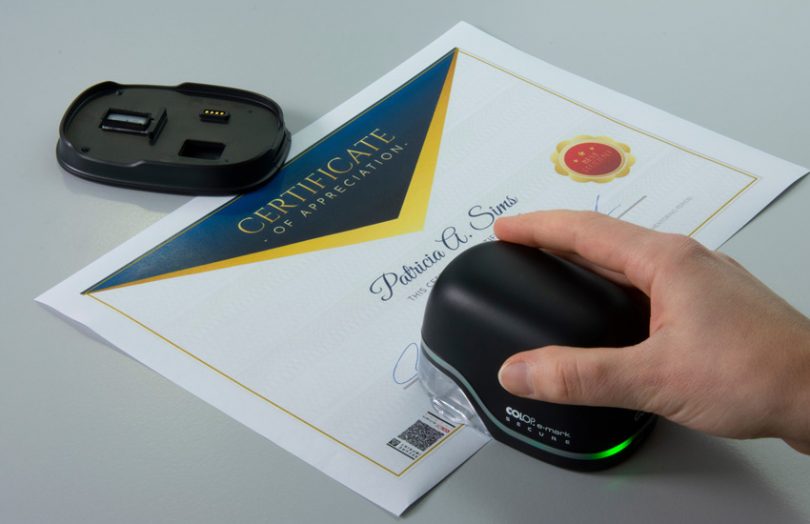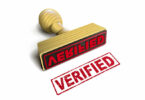Austrian-based stamp and marking devices manufacturer COLOP developed a solution to verify and authenticate digital and physical documents on blockchain. The product is called e-mark Secure.
When you visit your doctor’s clinic, there are invariably certificates of their qualifications on the wall. But how do you know they’re real? This isn’t just paranoia. I’ve had family members duped by fake medical qualifications.
With COLOP, that doctor’s certificate can incorporate a QR code so you can check it was issued by the professional body as claimed. Much like old-fashioned stamps used by notaries, the e-mark stamps documents, but with a hand-size QR code printer with a unique device identity.
Article continues …

Want the full story? Pro subscribers get complete articles, exclusive industry analysis, and early access to legislative updates that keep you ahead of the competition. Join the professionals who are choosing deeper insights over surface level news.






